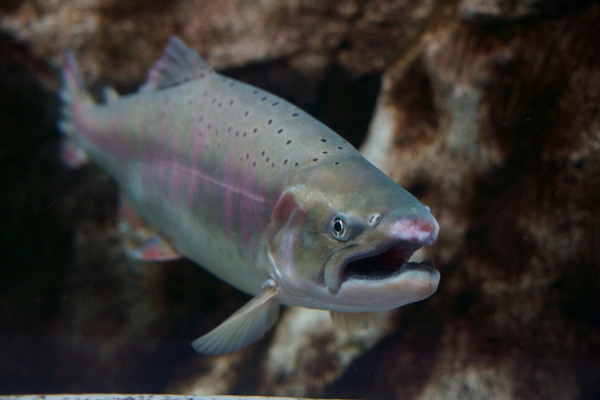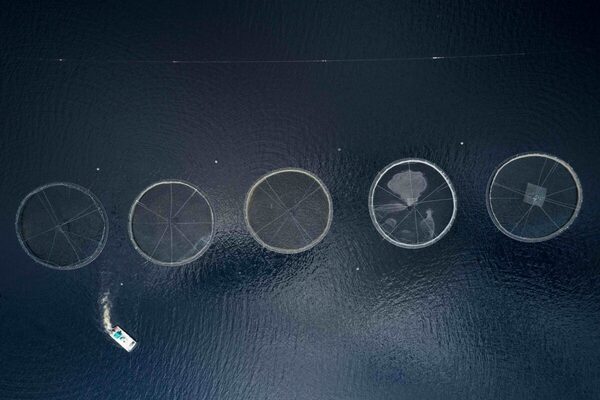Aquaculture research hub boosts local economy
The University of Stirling says its new aquaculture research facility, now nearing completion, has already generated millions for the local economy.

How the NATIH facility will look
Marine Operative - Bakkafrost Scotland Limited
Portree£35,677.16 per annum
Deckhand - Bakkafrost Scotland Limited
Cairndow£38,000 to £40,000 per annum
Deckhand (Ailsa Craig) - Mowi Scotland
Argyll & Bute£28,258 to £31,648 per annum
Farm Technician (Colonsay) - Mowi Scotland
Argyll & Bute£28,258 to £31,648 per annum
Marine Operative (2 weeks on/off) - Bakkafrost Scotland Limited
Portree£34,576.30 per annum




